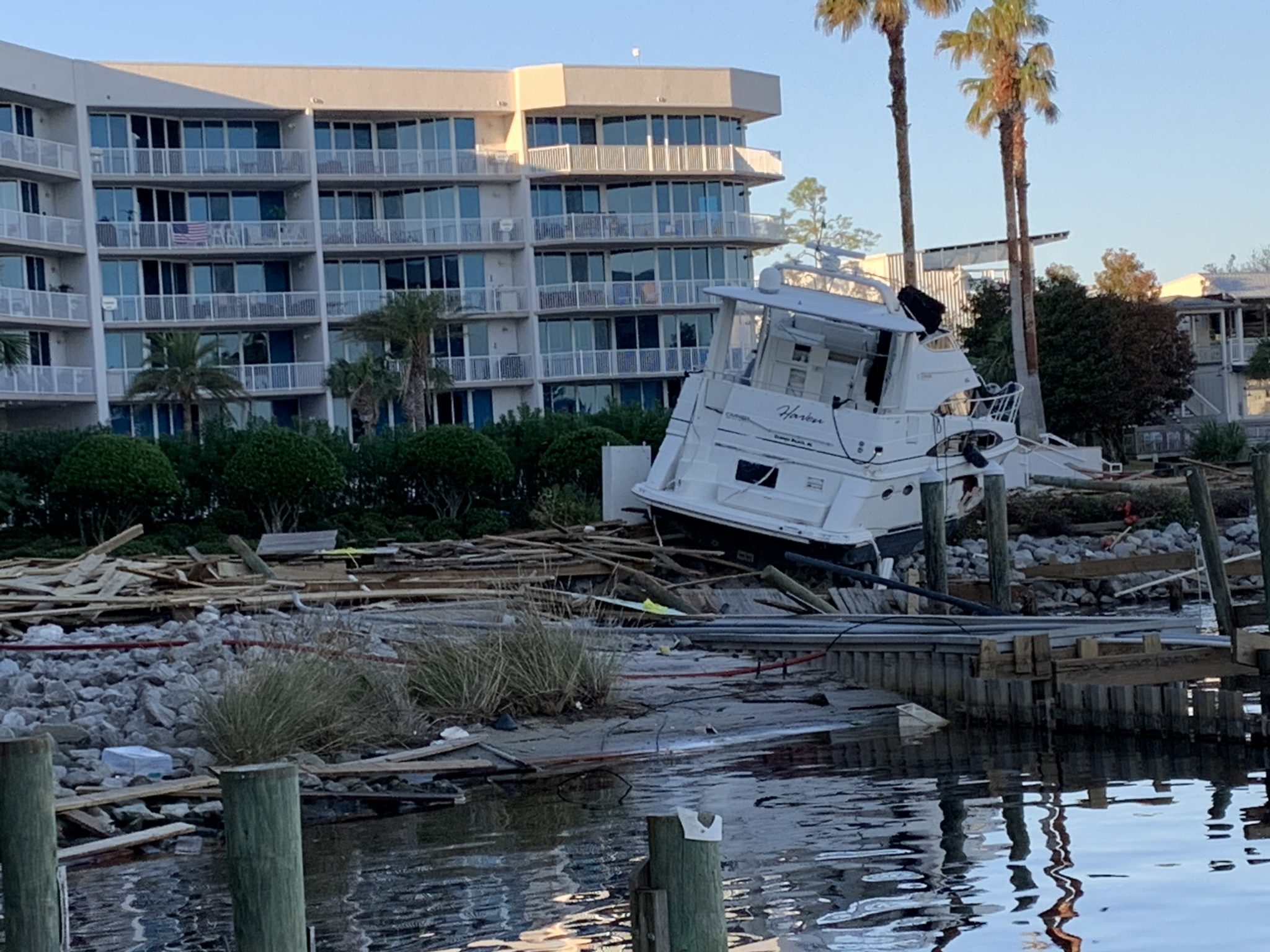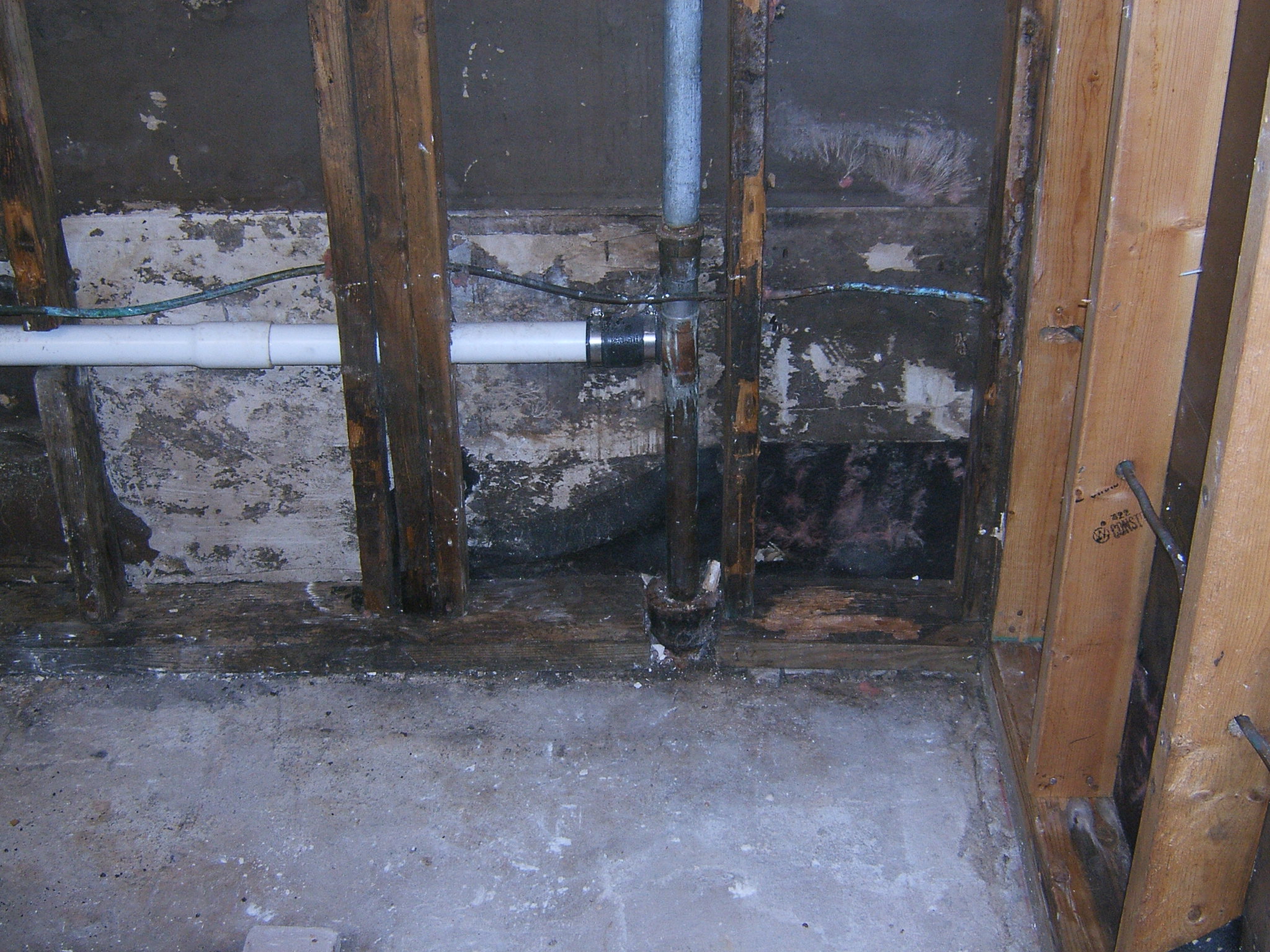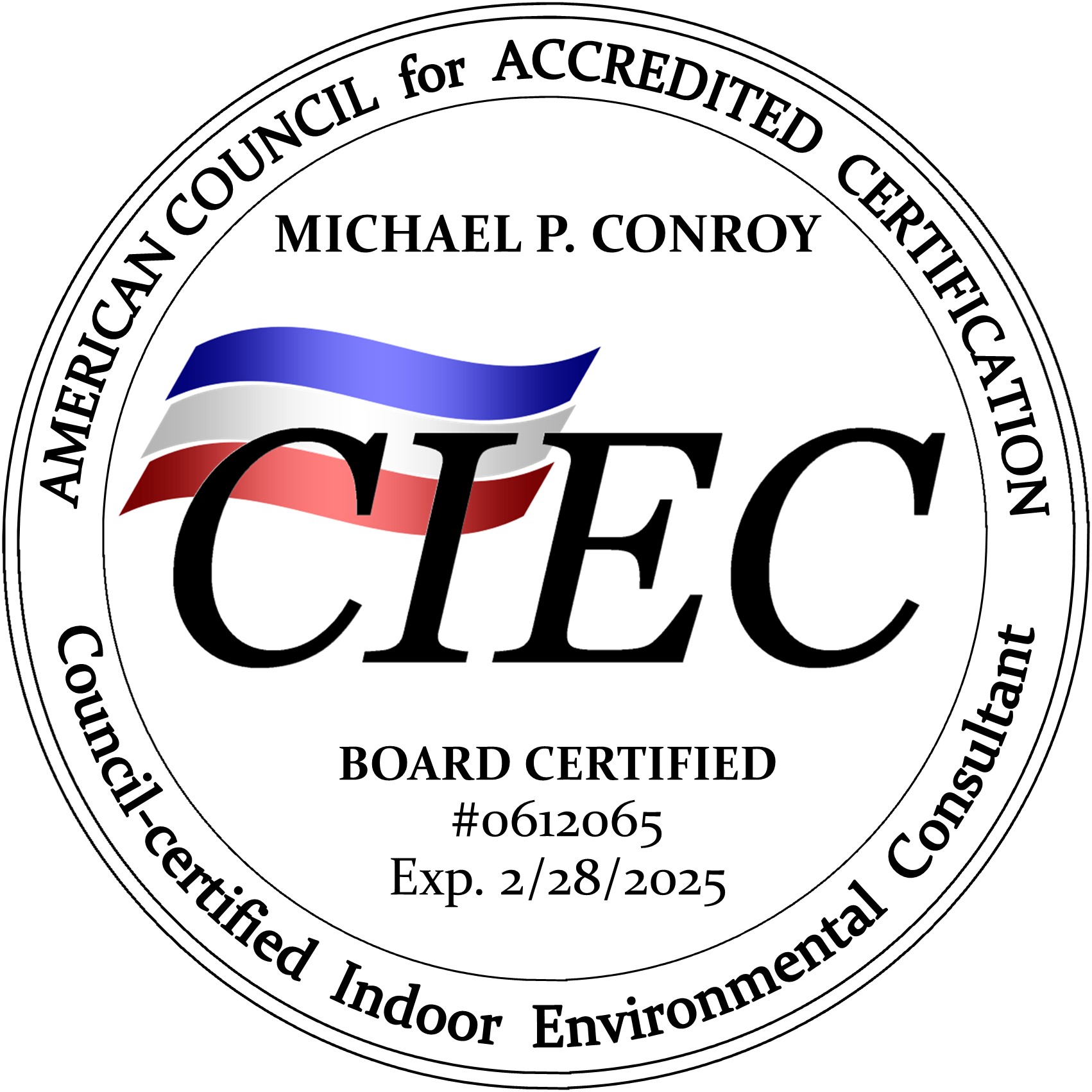Important Note:
Licensure for mold assessors and remediators is handled by the State of Florida. Florida Statutes 468 Part XVI and forbids assessors from doing remediation and remediators from assessment on the same project. Companies or individuals who hold themselves out to be assessors or remediators, offering to do both, are IN VIOLATION OF STATE LAW.
Therefore, Expert Dry® is prohibited from providing both assessment and then remediation for the same project. If remediation is required through Expert Dry®, an independent assessor is required for mold and indoor air quality investigations. If assessment is required, it is recommended that an independent environmental firm be used for remediation.
Mold assessment is the process of evaluating and inspecting a property to identify the presence of mold, determine its extent, and assess the potential risks associated with it. It involves a comprehensive examination of the property, both visually and through scientific sampling methods, to determine the type, concentration, and location of mold growth.
During a mold assessment, a qualified professional examines the property for visible signs of mold, such as discoloration, staining, or moldy odors. They also investigate areas prone to moisture accumulation, such as basements, crawlspaces, bathrooms, or areas affected by water leaks or flooding. In addition to visual inspection, mold assessment may involve collecting samples of mold spores or affected materials for laboratory analysis. These samples can help identify the specific types of mold present and their concentration levels, providing insights into potential health risks and guiding the remediation process.
The findings from a mold assessment are crucial for developing an effective mold remediation plan. By understanding the extent of mold growth and the underlying moisture sources, property owners can take appropriate measures to eliminate the mold problem, address any water or moisture issues, and create a healthier and safer environment for occupants.
Expert Dry® has trained and knowledgeable professionals who have the tools and skills necessary to assess new or old properties for a variety of potential problems. The many areas investigatde when evaluating a location include:
- Mold and Allergens
- Insulation Voids
- Indoor Air Quality and Sanitation
- Water Damage
- Hidden Moisture
Call today and let Mike Conroy of Expert Dry® explain the evaluation process or schedule an inspection and investigation.
Expert Dry® provides services in Northwest Florida, South Alabama and South Mississippi.
Mold Remediation
Mold remediation refers to the process of removing and eliminating mold from a property to prevent its further growth and mitigate potential health risks. It involves a series of steps aimed at containing and removing the mold safely and effectively. Mold remediation is typically carried out by trained professionals with expertise in handling mold issues. Here are the key aspects of mold remediation:
Containment
The first step in mold remediation is to establish containment measures to prevent the spread of mold spores to unaffected areas. This involves using physical barriers such as plastic sheeting and creating negative air pressure using specialized equipment to ensure that mold spores do not escape during the removal process.
Personal Protective Equipment (PPE)
Mold remediation professionals wear appropriate PPE to protect themselves from exposure to mold spores and potentially harmful substances. This may include gloves, masks, goggles, and protective clothing to minimize the risk of respiratory and skin irritation.
Removal of Mold-Contaminated Materials
Mold can penetrate and grow on various surfaces, including drywall, carpets, insulation, and personal belongings. During remediation, affected materials that cannot be effectively cleaned are safely removed and discarded. This may involve cutting out and disposing of mold-infested drywall, carpet removal, or other necessary actions depending on the extent of contamination.
Cleaning and Disinfection
Surfaces that can be salvaged are thoroughly cleaned and disinfected using appropriate antimicrobial agents. This helps to eliminate any remaining mold spores and inhibit further growth.
HVAC System Evaluation and Cleaning
Mold can spread through the ventilation system, so it’s important to assess and clean HVAC (Heating, Ventilation, and Air Conditioning) systems if they have been contaminated. This includes inspecting and cleaning air ducts, filters, coils, and other components to prevent mold spores from circulating.
Addressing Moisture Sources
Mold thrives in damp environments, so it’s crucial to identify and address the underlying moisture issues that contributed to the mold growth. This may involve repairing leaks, improving ventilation, or implementing moisture control measures to prevent future mold problems.
Post-Remediation Verification
After the remediation process, a post-remediation assessment is typically conducted to ensure that the mold problem has been successfully resolved. This may involve visual inspections, air sampling, or other testing methods to confirm that mold levels have been reduced to acceptable levels.
By following proper mold remediation procedures, property owners can effectively eliminate mold, restore a safe and healthy environment, and reduce the risk of recurring mold growth. It’s important to engage professional mold remediation services to ensure the best possible outcome.







